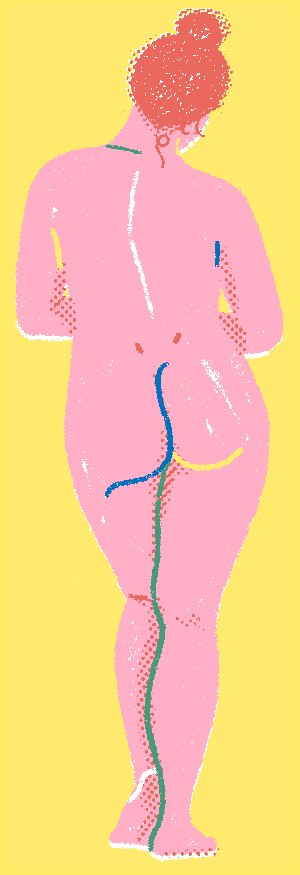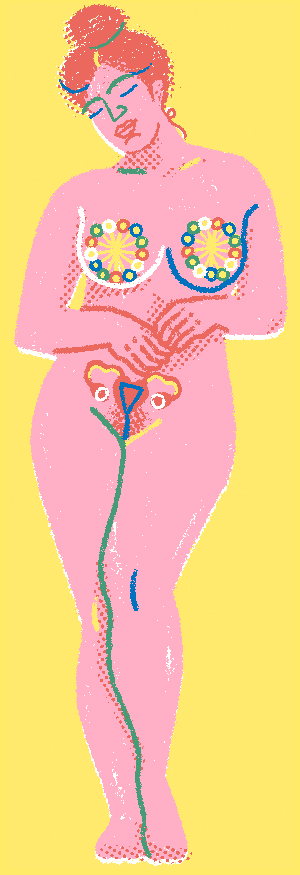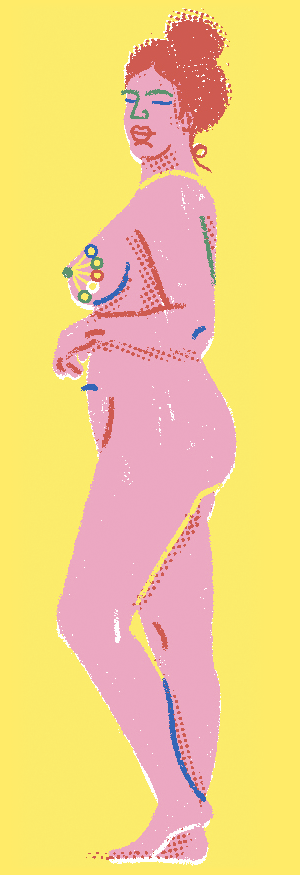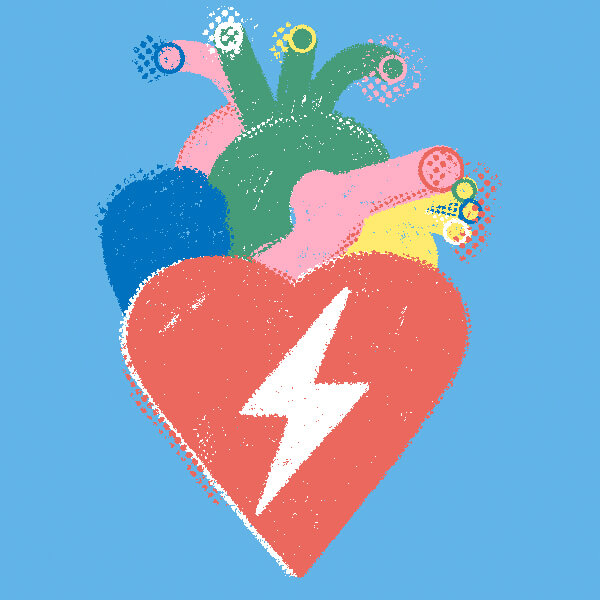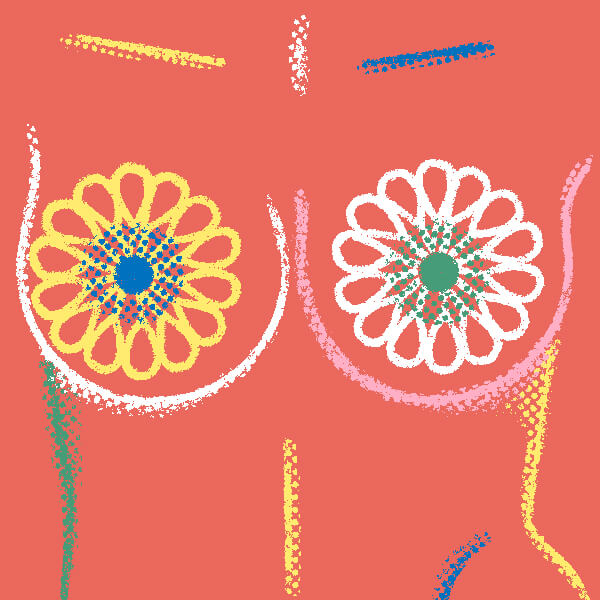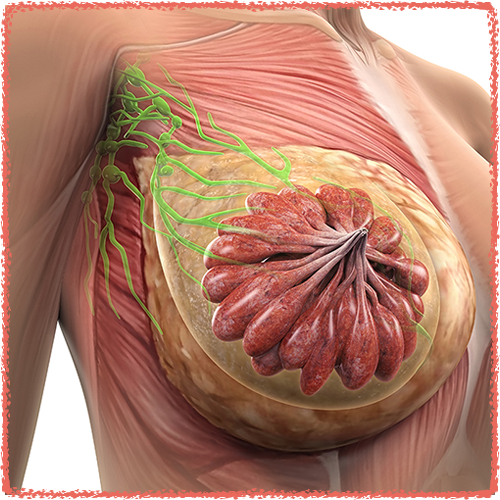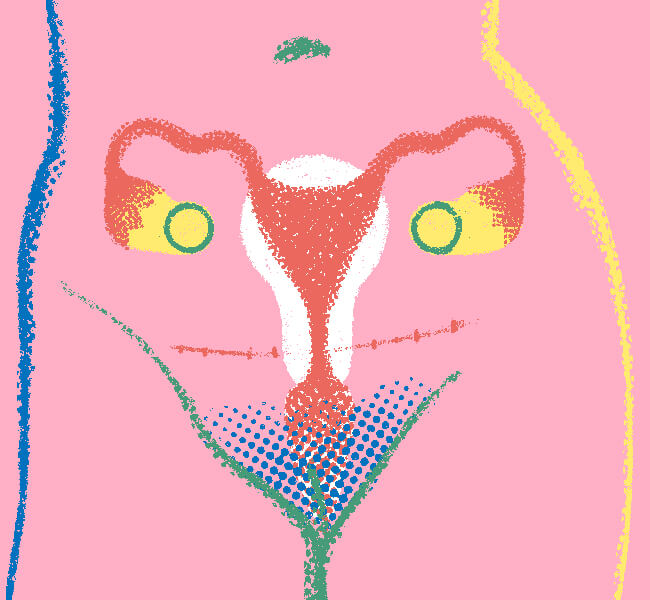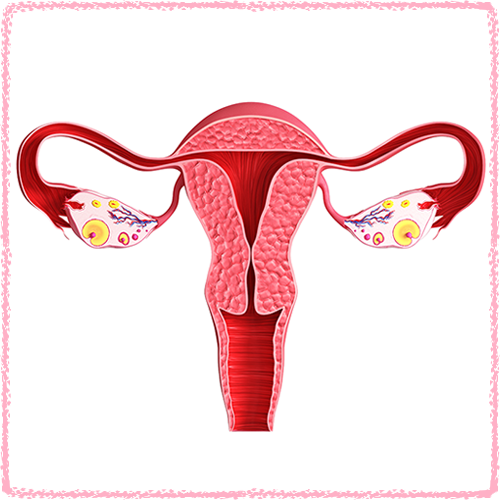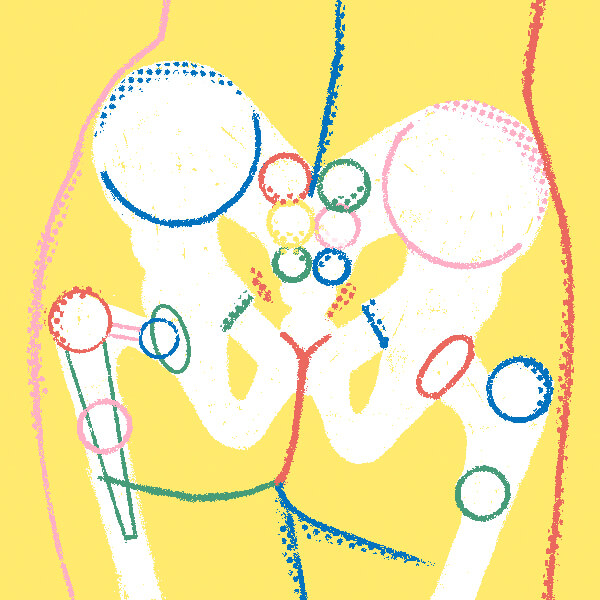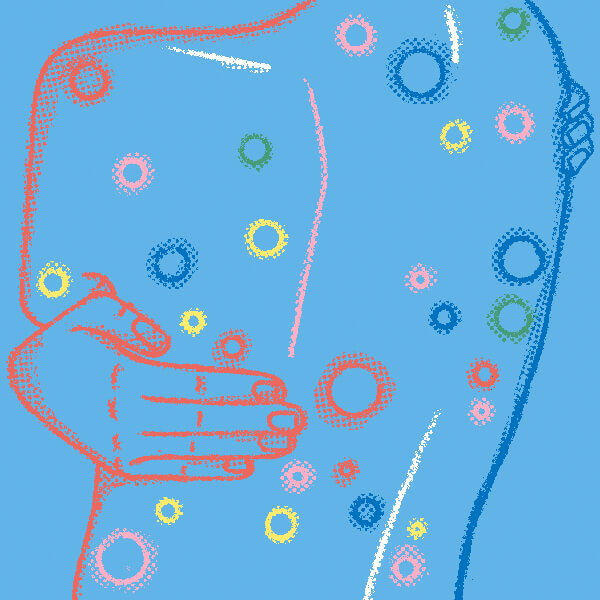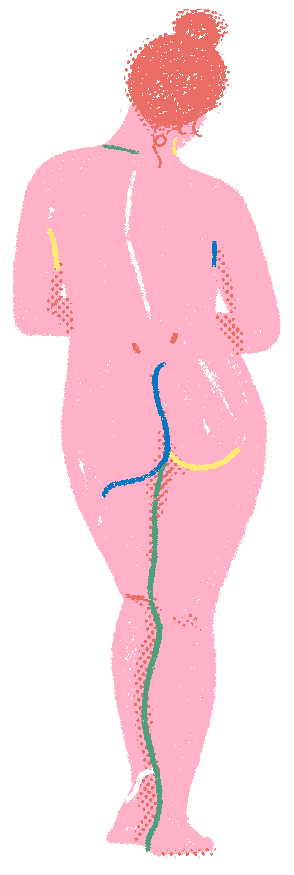More cases of depression and anxiety
Worse living and working conditions for women, double working days (particularly for less qualified workers), domestic and care work, guilt and perfectionism can all have an impact on women’s health. Women are more likely to experience mental health problems such as anxiety and depression, which affect almost double the number of women (13.7%) than men (7.4%). Further to this, one in three women say they feel emotional distress, while in men this figure is one in five.
“It’s a mixed bag. Anything that happens to a woman is attributed to her being anxious or overstressed, without taking into account her working or care conditions. A pill isn’t the solution. We have to change living and working conditions”.
Carme Valls
ENDOCRINOLOGIST AND AUTHOR OF 'MUJERES INVISIBLES PARA LA MEDICINA’ (INVISIBLE WOMEN FOR MEDICINE)
More anxiolytics
Women are more likely to be sent away with a diagnosis of mental illness at an initial visit than men, in whom an organic cause is immediately suspected and additional tests are requested. This gender bias leads to overmedication in women: 85% of psychotropic medications are administered to women. This overdiagnosis can also invisibilise physical diseases that are hidden behind an incorrect diagnosis of mental illness or psychosomatic symptoms, because they might not fit the “normal pattern” that is the male model.
The taboo of motherhood
Another area ignored by science is mental health and motherhood. One in four women experience some kind of mental health problem, some more severe than others, during pregnancy or in the postpartum period, and most of them are not treated. This is not helped by the fact that the postpartum and nurturing period is a lonely time for many women. Traumatic childbirth, a difficult pregnancy, childhood trauma or stressful situations can trigger postpartum depression and the most common symptoms are sadness, hopelessness, emotional changes, insomnia or difficulty bonding with the infant.
